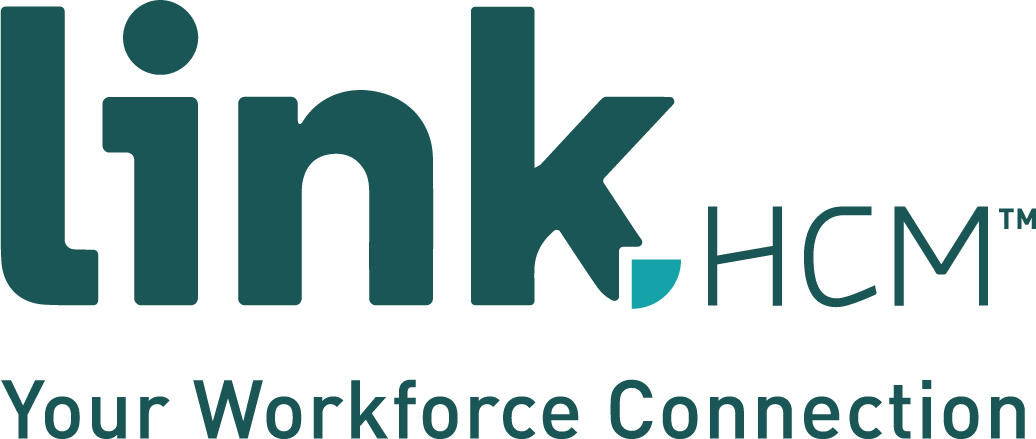
The American Rescue Plan Act (ARPA) was signed into law on March 11, 2021, and goes into effect on March 31, 2021.
The Act has a number of provisions that do not directly affect the HR function, but there are a few key things to take note of. Here are 4 things you may have missed in the ARPA.
1. Optional Extension of Sick and Family Leaves
The ARPA extended the current tax credits available for Emergency Paid Sick Leave (EPSL) and Emergency Family and Medical Leave (EFMLA) under the Families First Coronavirus Response Act (FFCRA).
While the FFCRA required employers to provide EPSL and EFMLA during 2020, it became optional when it was extended to cover January 1 - March 31, 2021.
The extension under the ARPA remains optional for employers and goes into effect April 1, 2021 - September 30, 2021.
Tax credits are available, but only to employers with fewer than 500 employees and up to certain caps. To receive the tax credit, employers are required to follow the original provisions of the FFCRA. For example, they can’t deny EPSL or EFMLA to an employee if they’re otherwise eligible, can’t terminate them for taking EPSL or EFMLA, and have to continue their health insurance during these leaves.
Changes to Employer Credits for Paid Sick and Family Leave (EPSL and EFMLA)
Key changes, effective April 1 through September 30, 2021:
- Paid leave credits expanded to include self-employed individuals, and to cover COVID-19 vaccinations and symptom recovery, as well as wait times for test results or diagnoses
- Employer restrictions added on receiving credits if paid leave policies favor highly compensated employees, full-time workers, or employees based on tenure
- Covered wages increased from $10K to $12K per employee for Qualified Family Leave
- Number of days of paid leave for self-employed increased from 50 to 60 days
- Established reimbursement of pension plan and apprenticeship program contributions made by employers under a collective bargaining agreement that are allocable to employee paid sick and family leave
Acceptable Reasons for Using EPSL and EFMLA
Starting April 1, restrictions have been simplified so that employees can take EPSL or EFMLA for the same set of reasons.
Reasons for taking paid sick or family leave:
- When quarantined or isolated subject to federal, state, or local quarantine or isolation order
- When advised by a health care provider to self-quarantine because of COVID-19
- When the employee is:
a. Experiencing symptoms of COVID-19 and seeking a medical diagnosis
b. Seeking or awaiting the results of a diagnostic test for, or a medical diagnosis of, COVID-19 because they have been exposed or because their employer has requested the test or diagnosis
c. Obtaining a COVID-19 vaccination or recovering from any injury, disability, illness, or condition related to the vaccination - When caring for another person who is isolating or quarantining on government or doctor’s orders
- When caring for a child whose school or place of care is closed due to COVID-19
Tax Credit Review
The tax credits available between April 1 and September 30, 2021 are the same as under the original FFCRA, except for the increased aggregate cap for EFMLA.
Regardless of how much EPSL or EFMLA an employee used prior to April 1, tax credits available are as follows:
- Employees will be eligible for a new bank of 80 EPSL hours on April 1. Full-time employees are entitled to 80 hours while part-time employees are entitled to a prorated amount.
- The credit available for EPSL when used for self-care (reasons 1, 2 or 3 above) is up to 100% of an employees regular pay, with a limit of $511 per day
- The credit available for EPSL when used to care for another (reasons 4 or 5 above) is up to 2/3 of an employee's regular rate of pay, with a limit of $200 per day
- The credit available for EFMLA for any reason is up to 2/3 of an employee's regular pay, with a limit of $200 per day and a $12,000 total cap per employee
2. COBRA Subsidies
The ARPA also created COBRA subsidies, which are critical for employers to be aware of.
If an employee's work hours are reduced or their employment is terminated, they and their families enrolled in the employer's group health plan may lose coverage. They have the option under COBRA to continue coverage, but the high premium cost can make it challenging to afford.
The ARPA provides a 100% COBRA subsidy if the employee's work reduction or termination was involuntary. The subsidy applies for up to six months of coverage from April 2021 to September 2021, unless the individual's maximum COBRA period expires earlier.
COBRA Subsidy Details
- For group plans subject to the federal COBRA rules, the employer will be required to pay the COBRA premium but then will be reimbursed through a refundable payroll tax credit.
- Employers with fewer than 20 workers usually are exempt from the federal COBRA rules, but their group medical insurance plans may be subject to a state’s mini-COBRA law. In that case, it appears the subsidy will be administered by the carrier. The carrier will pay the premium and then be reimbursed by the government.
- Employers will need to work with their group health plan carriers and vendors on how to administer the new subsidy provision. Although it takes effect April 1, 2021, employees who were terminated earlier but are still in their COBRA election window also are included. Federal guidance is expected to be released by April 10, including model notices that plans can tailor for their use.
- Note that the COBRA subsidy doesn’t apply during FFCRA leaves because employees are entitled to maintain their health insurance during those leaves on the same terms as though they had continued to work.
3. Expansion and Extension of Employee Retention Credit (ERC)
Finally, the ARPA expands and extends the Employee Retention Credit (ERC), which allows eligible employers to claim a credit for paying qualified wages to employees.
Under this bill, the ERC, which was initially enacted in the Coronavirus Aid, Relief and Economic Security (CARES) Act, is extended through December 31, 2021.
With the expansion of ERC, eligibility is now extended to new startups that were established after February 15, 2020, and companies if their revenue declined by 90% compared to the same calendar quarter of the previous year.
The credit is capped at $50,000 per calendar year for startups.


Leave a Comment